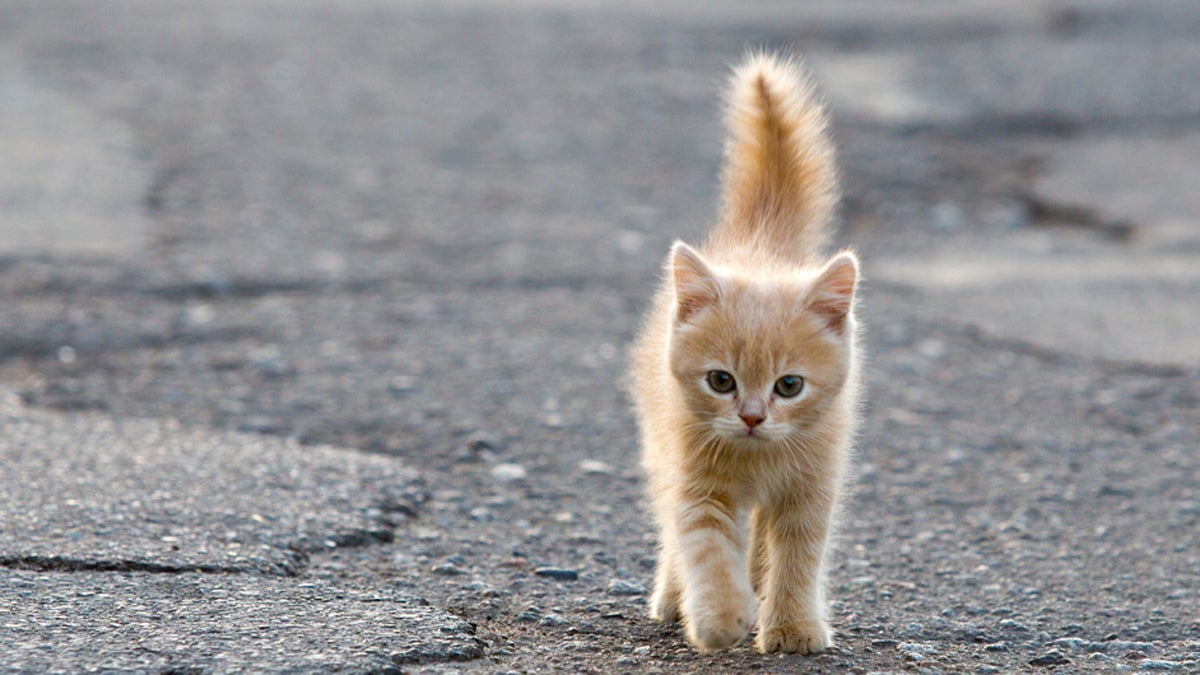A million-dollar program to help control Philadelphia’s cat population
Listen Photo via ShutterStock)" title="shutterstock_138284567" width="1" height="1"/>
Photo via ShutterStock)" title="shutterstock_138284567" width="1" height="1"/>
A $1 million grant will allow Philadelphia's Animal Care and Control Team to help control the city's population of cats.(Photo via ShutterStock)
Individually, a playful kitten or a purring cat is adorable, but at Philadelphia’s Animal Care and Control Team, 20,000 of them pass through their doors each year.
“Sadly, still, 9,000 cats and dogs are killed across the U.S. in shelters every day. And for cats, they stand about a 70 percent chance of being killed if they enter into a shelter, nationally,” said Holly Sizemore, who directs national programs for Best Friends Animal Society.
Despite adoption campaigns and low-cost spay and neuter programs, those daunting figures haven’t budged much.
Now, a $1 million grant aims to make a deep cut in those numbers. Sizemore has come to Philadelphia from Best Friends’ 20,000-acre animal sanctuary in Utah to announce a program to reduce the cat population here. As Best Friends partners with Philadelphia’s Animal Care and Control Team and PetSmart Charities in a spay and neuter program, Sizemore said they will focus on cats living out in neighborhoods, especially in Germantown, North and West Philadelphia.
Focus on ‘community cats’
Animal rescue workers prefer the term “community” rather than “feral,” noting that, while many of the cats are wild and unapproachable, others live in neighborhoods and interact with humans, but just don’t belong to a particular household.
“People love these cats, a lot of people feed these cats,” said Sizemore. “They just don’t have the ability to trap them, get them spayed and neutered and vaccinated and then put them back out. What we’ll be doing is going out into the community and really working to provide these services.”
Susan Cosby, executive director of Animal Care and Control Team, said the program will make a big difference.
“They’re actually going to be providing, over three years, assistance for up to 12,000 cats in our city, which will have a tremendous impact on reducing the number of cats coming into the shelter and then helping us be more effective as a shelter and a community in taking care of the cats in need,” Cosby said.
Try to calculate how many litters those 12,000 cats could have, and the numbers get pretty big, pretty fast. According to Sizemore, the actual results in other cities have surpassed the mathematical models.
“Baltimore, who just started the program about a year ago, during the summer months had a cat room that had empty cages,” she said. “They had never had that happen in the history of their agency, where they weren’t constantly battling overcrowding, and more cats coming in than they could reasonably handle.”
WHYY is your source for fact-based, in-depth journalism and information. As a nonprofit organization, we rely on financial support from readers like you. Please give today.

